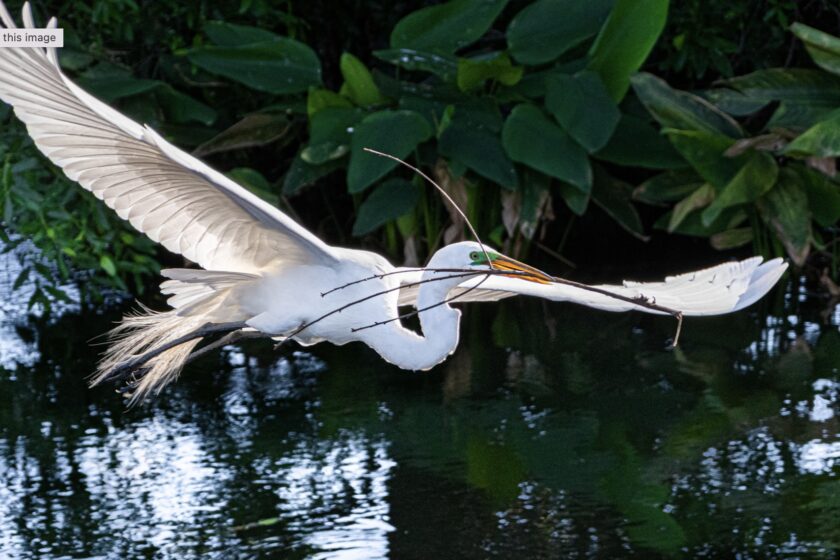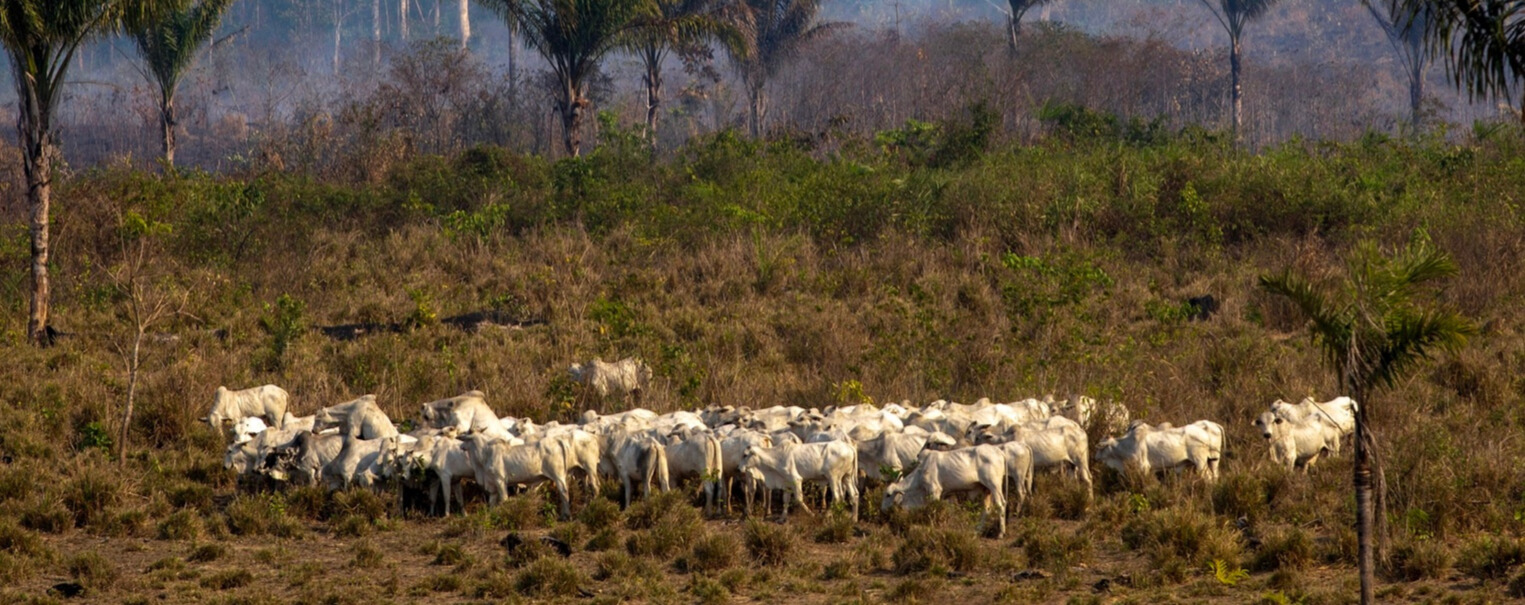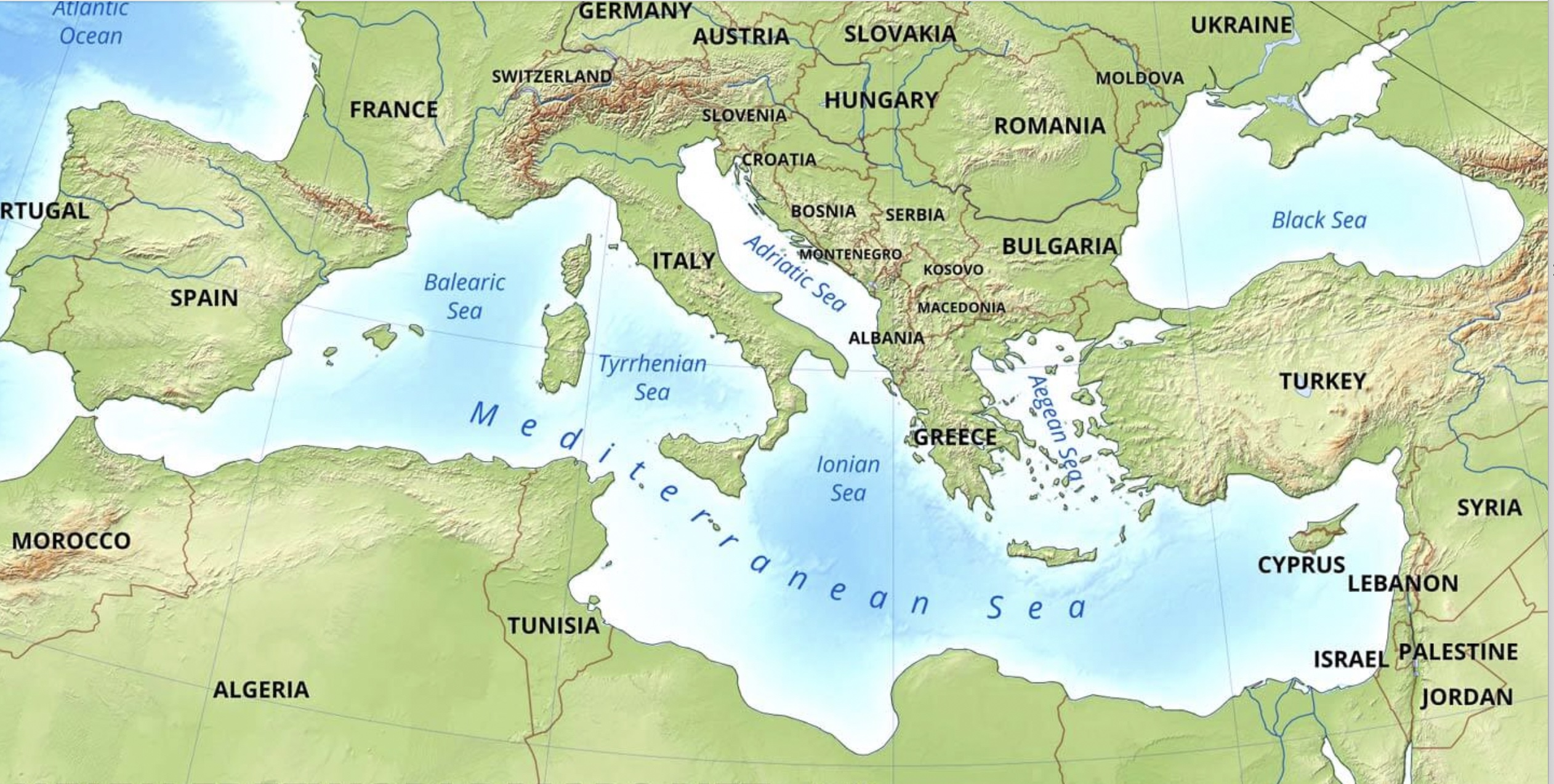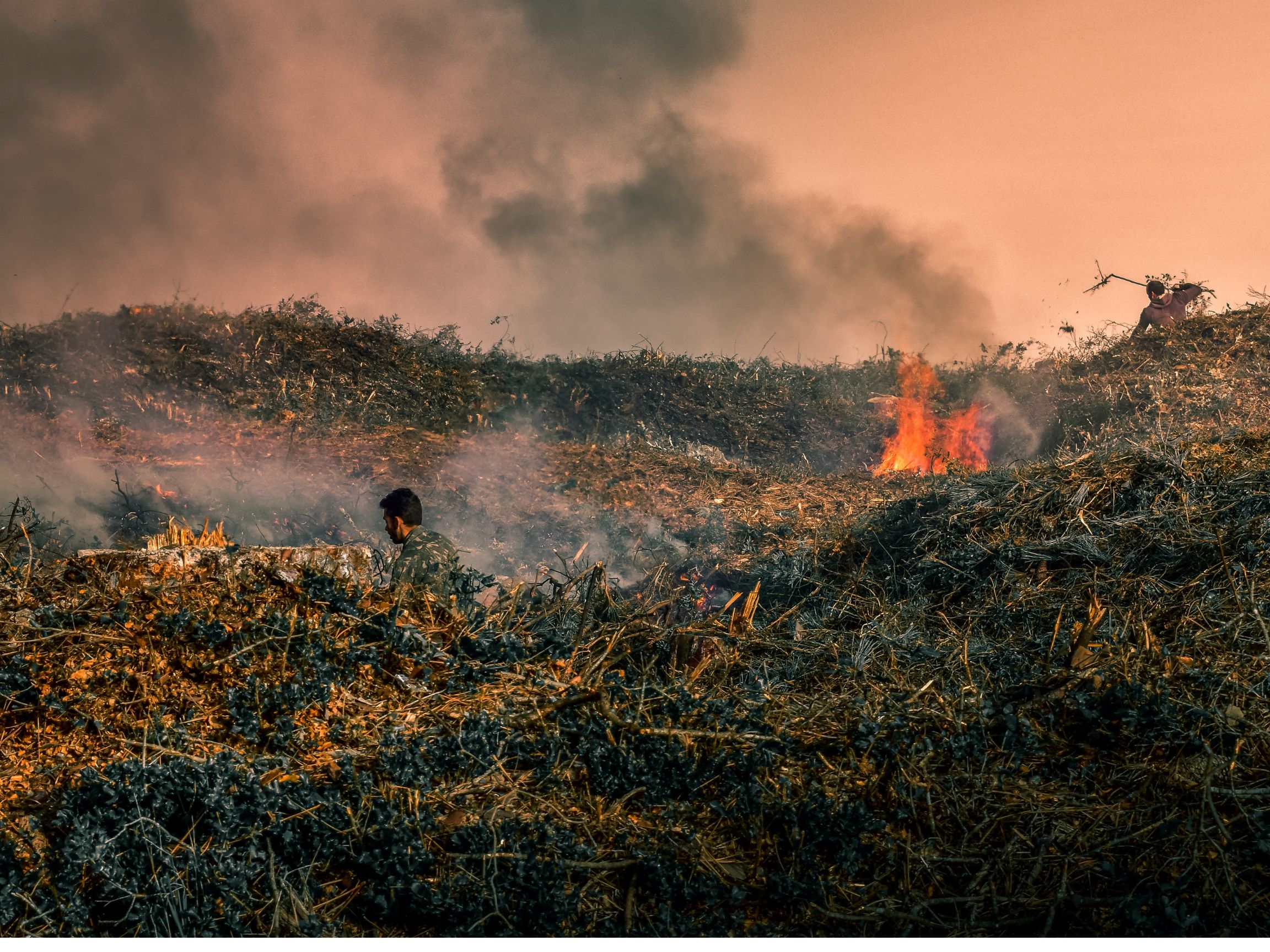Wetlands are among the most important habitats in the world comparable to rainforests and coral reefs. Forty percent of the worlds species either live or breed in wetlands. The rich vegetation in wetlands provides food, shelter, spawning and a nursery area for fish and shellfish, amphibians, reptiles, and mammals. For migrating birds, wetlands provide critical stop over areas and wintering grounds. Amphibians are the most threatened vertebrate species on Earth and the rapid disappearance of their habitat, wetlands, is the main cause.
Wetlands are being lost at a rate three times greater than loss of forests.
Wetlands are considered transition zones, neither dry nor wet all year. A wetland is an area that is either saturated with water or completely covered with water during part of the year. The water can seep up from an aquifer or spring or flow from a nearby lake or river.
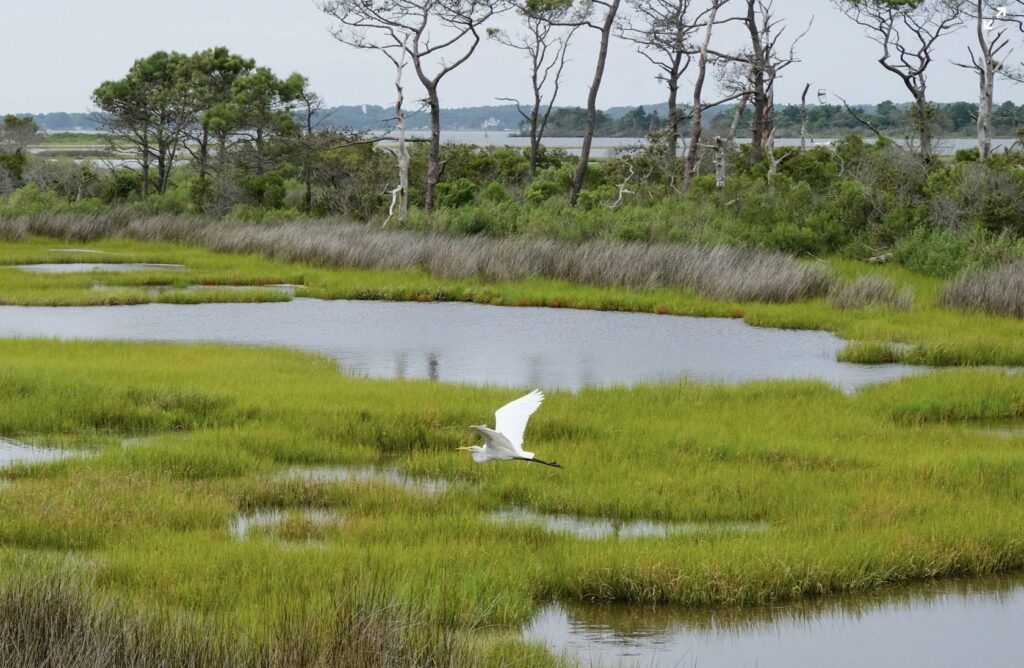
In coastal areas, saltwater can create wetlands, especially if there are strong tides. Coastal estuaries are wetlands that are mixed fresh and salt, as water flows between the oceans and an inlet.
Wetlands include lakes, rivers, estuaries, swamps, mangrove forests, marshes, and bogs. They are peatlands, sloughs, wet meadows, fens, potholes, and mires.
Wetlands provide, directly or indirectly, almost all the worlds fresh water for consumption by cities, farms, and industry.
Wetlands are found in all climates and on all continents except Antarctica.
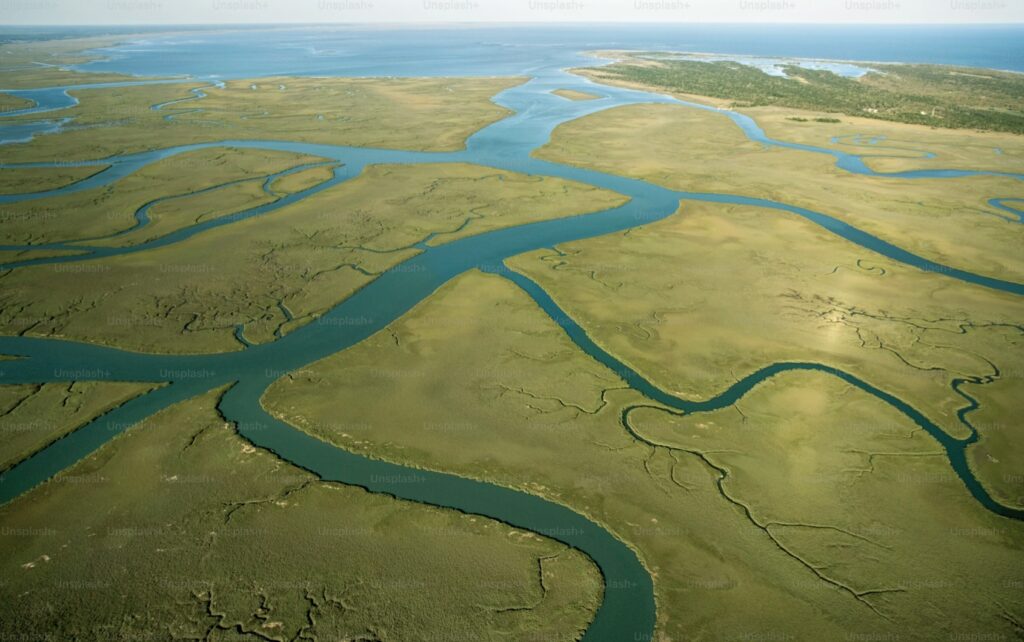
Eighty percent of wastewater from human activities is released into wetlands with none or inadequate treatment.
Wetlands serve important environmental functions, including naturally filtering contaminated water. They trap pollutants including sediment, nitrogen and phosphorous from farm run off. After a storm, non-tidal wetlands act as a sponge to absorb water from heavy rainfall or flooding. The retained water can slowly percolate into groundwater and recharge aquifers. Wetlands also discharge water to streams that otherwise may run dry.
The absorptive capacity of wetlands helps prevent floods from overflowing rivers or excessive rainfall. Coastal wetlands, especially coral reefs and mangrove forests are a natural barrier and protection from storms surges, by diffusing powerful waves and floods. They prevent shore areas from erosion. Coastal wetlands serve an important function to help prevent climate change, serving as carbon sinks, storing vast amounts of carbon in vegetation, such as coastal mangrove forests and especially in the rich soils below the forests.
The worlds oceans absorb 30% of the excess carbon emitted from human activity. Of the land areas of the globe that absorb excess carbon, wetlands are the most effective. Wetlands cover only 9% of the worlds land but store a remarkable 35% of the worlds land-based carbon.
Among the many types of wetlands, peatlands are the most efficient wetlands that store excess carbon. Peatlands cover only 3 to 4 percent of the planet’s land surface but contain a full one-third of the world’s stored soil carbon. In comparison, forests cover 31% of the Earths land surface, but Peatlands at only 3 to 4 percent, store twice as much carbon as all the worlds forests combined.
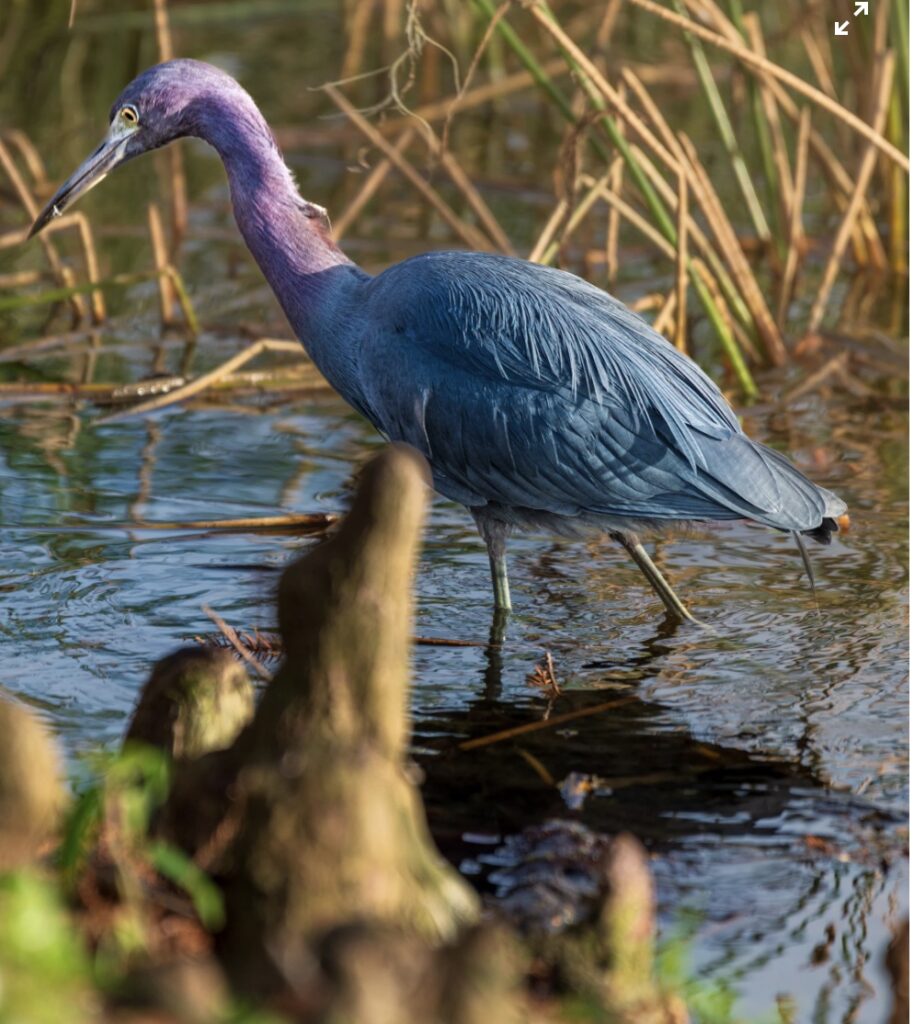
Fortunately, 88% of peatlands remain in a natural state, undegraded. The lower Arctic Circle contains 50% of the worlds peatlands, much buried beneath the permafrost.Of that, North America, in the high latitudes of Canada and Alaska contain 33% of the worlds peatland frozen in the ground. Asia has 38% of the worlds peatlands and Europe, 12 percent. The amount of carbon sequestered in the Arctic peatlands is enormous, 400 to 500 gigatons. (One gigaton equals 1 billion tons). This is more than the amount of carbon humans have emitted into the atmosphere since the Industrial Revolution. The concern by scientists is that a thawing permafrost from a warming climate will release these huge amounts of carbon into the atmosphere and prevent efforts to keep the Earths temperature from warming above 1.5 degrees Celsius. Methane, another potent greenhouse gas, would also be released from thawing peatlands. The Arctic will change from an important carbon sink to a dangerous carbon source.
Mangrove forests store vast amounts of carbon in the trees themselves through photosynthesis and mostly in the rich organic soil beneath the forests roots. The carbon can be sequestered for thousands of years. Destroying a mangrove forest releases the carbon from this enormous carbon sink in just a few years. In the Amazon, recent studies have shown that Amazon mangroves store twice as much carbon per hectare as the Amazons forests themselves.
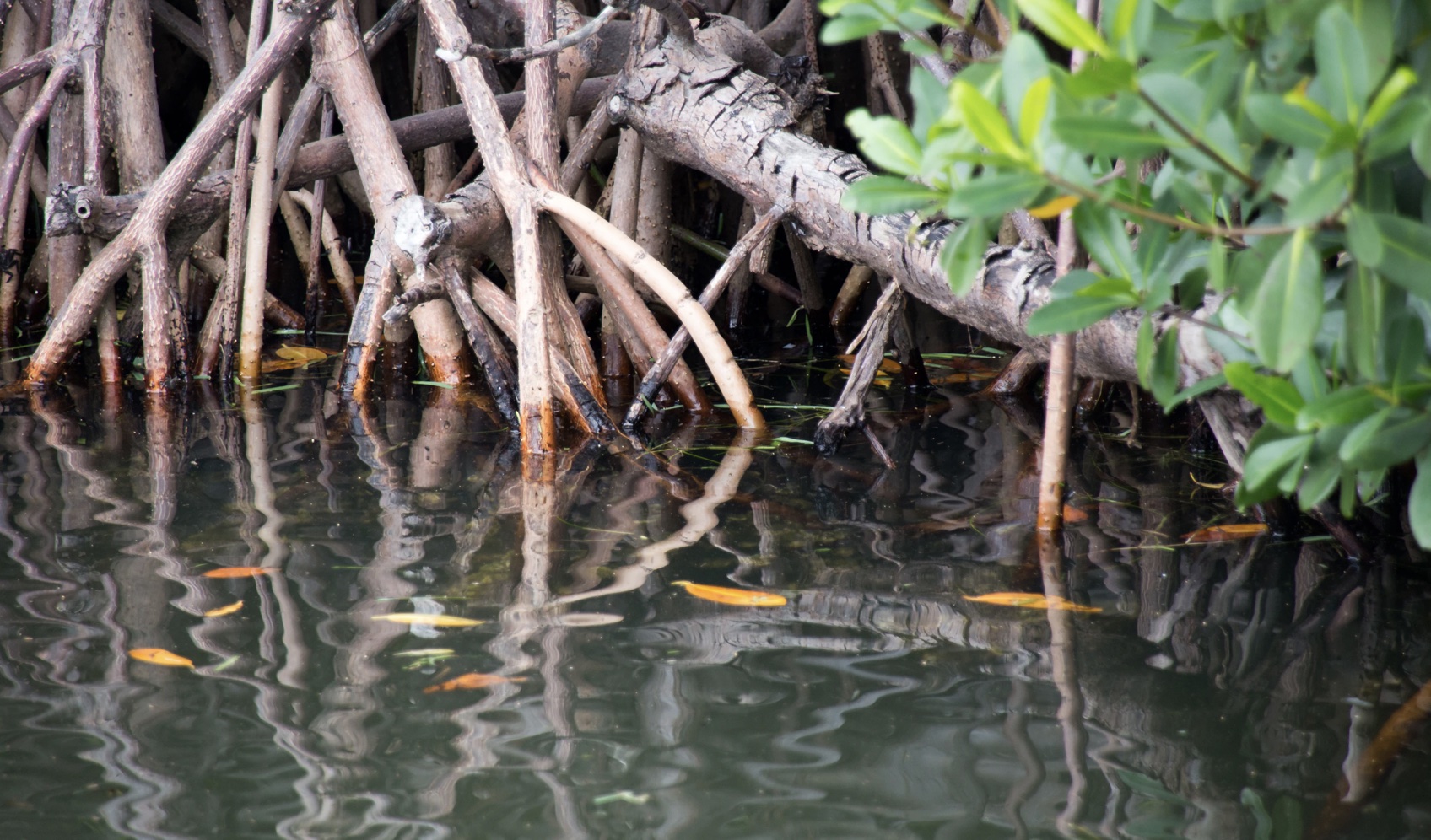
According to the environmental research group, Monga Bay, that monitors loss of tropical forests and wetlands, over the past 300 years, 87 % of the planet’s wetlands have been lost with most of that occurring since 1900.
In the continental U.S., since the 16th Century, more than half of the original 220 million acres of wetlands have been either destroyed or degraded.
Wetlands are disappearing three times faster than forests. Just from 1970 through 2015, 35% of global wetlands have been lost. The main causes are draining for farmland, diking for flood control, hydroelectric dams, urbanization, pollution, and climate change. Development, especially in river deltas and coastal zones, have had a devastating effect on wetlands. Fish farms, especially in Asia, are often built along coastal zones and mangrove forests are destroyed in the process. In the Yucatan Peninsula of Mexico, vast stands of mangroves on its Caribbean coast have been bulldozed for development.
In the U.S. 90% of the fish and shellfish that are recreationally harvested and 75% that are commercially harvested depend on wetlands habitat for their natural spawning and source of food.
Of the many plants and animals that today live in wetlands, 25% are at risk of extinction. The Red List of endangered species, prepared by the International Union for the Conservation of Nature (IUCN), identified negative trends for survival of wetland mammals, amphibians, birds, and corals.
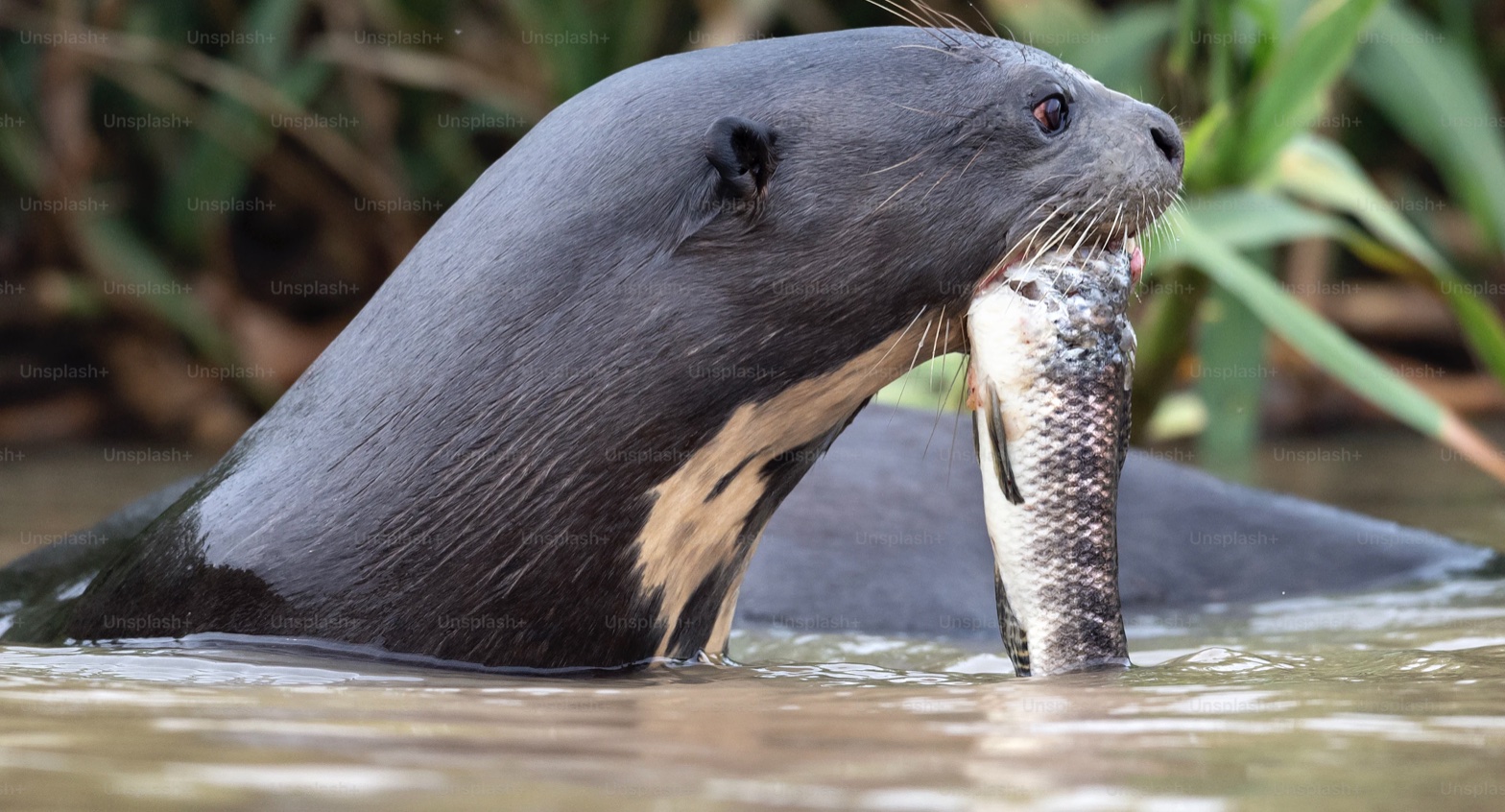
The Ramsar Convention on Wetlands was ratified in 1971 by 170 countries. It has identified Wetlands of International Importance, which comprise 13% to 18% of the worlds wetlands that lie within the 2,300 protected sites under Ramsar. But the Convention has not been effective in protecting wetlands. Trends of increased urbanization and drainage of wetlands for farmland, especially in coastal zones and river deltas, have resulted in continuing loss of wetlands worldwide.

The May 2023 U. S. Suprema Court decision of Sackett v EPA narrowed the definition of wetlands under the Clean Water Act to mean only those wetlands that directly adjoin rivers, lakes and other bodies of water. This sharply limits the EPA from protecting many wetlands from drainage, farming and development. Before the Sackett decision, for the past 45 years, the EPA and the Army Corps of Engineers required permits to drain, dredge, or fill wetlands even if they were not directly connected at the surface to large bodies of water such as lakes and rivers. Formerly, they were considered wetlands if adjacent to a large body of water even if a dune, levee other barrier separated them. The new Supreme Court decision now places millions of acres of wetlands at risk.
The worlds largest tropical wetland in the world is the Pantanal, a 42-million-acre habitat that is larger in size than England. It sprawls across the three South American countries of Brazil, Bolivia and Paraguay but is mostly located in the Brazilian state of Mato Grosso do Sul. From October to March the Pantanal is 80% flooded like a giant reservoir from runoff from the upland plain of tributaries of the Paraguay River, that creates shallow lakes, marshes, and flooded grasslands. From April to September, the dry season, it slowly drains into the Paraguay River and tributaries. The Pantanal is one of the richest biological habitats with more than 4,700 plant and animal species, including the caiman, giant sea otter, jaguar and the bright blue hyacinth macaw. The Pantanal has been designated a UNESCO World Heritage Site. The Pantanal is still relatively intact, with only 12 % of the forest cover lost. Soybean plantations and conversion to cattle ranches, have caused much of the loss. About 99 % of the Pantanal is privately owned, much of it is dedicated to agriculture and ranching. There are eight million cattle on 2,500 fazendas (large farms). This private ownership makes preservation more difficult.
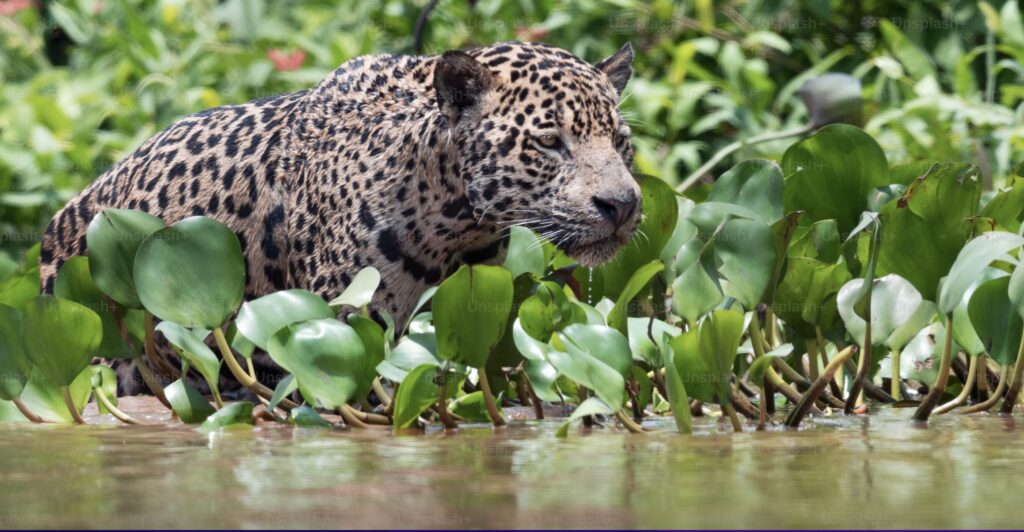
Scientists are concerned that at current rates of forest loss, most of the native habitation of the Pantanal could disappear by 2050.
The UN Intergovernmental Panel on Climate Change (IPCC), 2017 Statement on Wetlands summarized the importance of coastal wetlands.
Coastal wetlands have an important role for both climate mitigation and adaptation, and 59 countries have included coastal wetlands in their nationally determined contributions (NDCs) for adaptation and 28 for mitigation. In additional to their climate mitigation benefits, coastal wetlands are a natural solution for adaptation by providing natural barriers for storm surges, waves, and erosion. Coastal wetlands also provide critical food security by supporting fisheries and other food resources. If appropriately managed and protected, coastal wetlands can naturally adapt to moderate sea level rise and hence ensure their benefits, including carbon sequestration, are maintained into the future.
